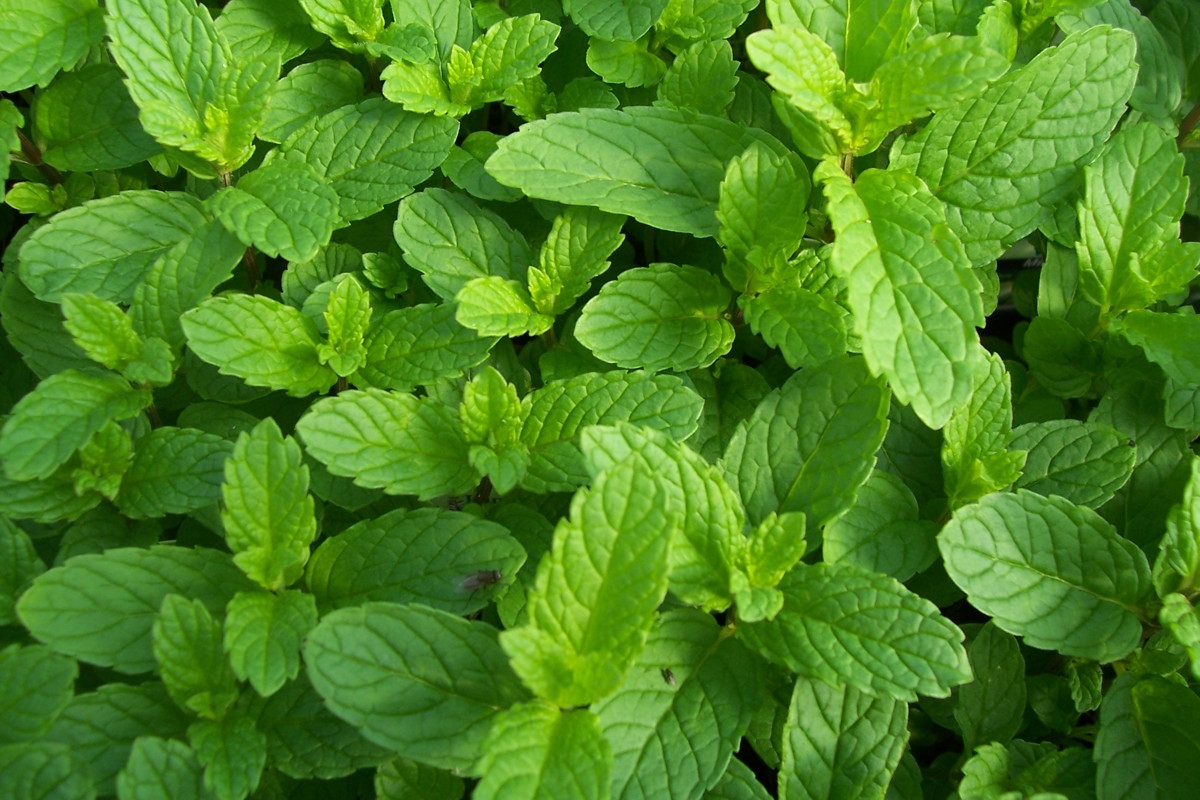Physical characteristics
A small, clumping, aromatic, perennial growing to 1m tall and as wide as it is allowed to grow.
Flowers and foliage
This mint has leaves which are toothed and oblong to lance-shaped, bright
Preferred site
Prefers
Preparation for planting
With suitable preparation and care,
Plant with some general slow-release fertiliser and then every spring apply an organic based fertiliser such as blood and bone at a handful per square metre as new growth begins. In most gardens mint is best planted in a container as it can be quite invasive. Old gardeners used to suggest planting in a bucket as then the new growth wouldn't grow out of the pots drainage holes and continue to romp through the garden!
Maintenance tips
Mulch
Ecological and biodiversity benefits
Attracts pollinators and beneficial insects to the garden.
Pests and diseases
Powdery mildew can be a problem in the drier summer months. Rust can also be a problem in similar conditions.
Location at Auckland Botanic Gardens
Herb Garden




.jpg?width=1200&height=1200&v=1d4024dceb89e50)

.jpg?width=1200&height=1200&v=1d5569224d63650)
 .jpg?width=1200&height=1200&v=1d4024df6ce2770)
.jpg?width=1200&height=1200&v=1d55676a892f2b0)
 .jpg?width=1200&height=1200&v=1d4024e3b65f7f0)